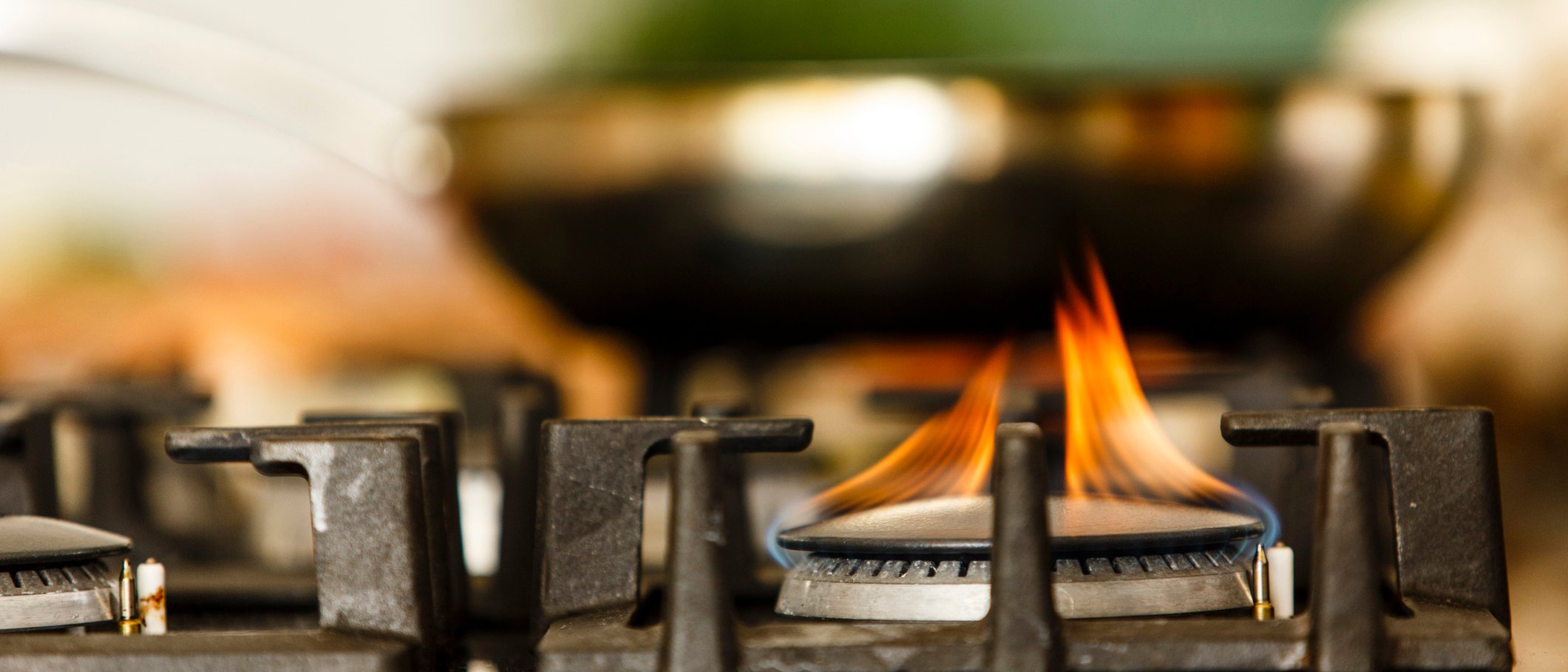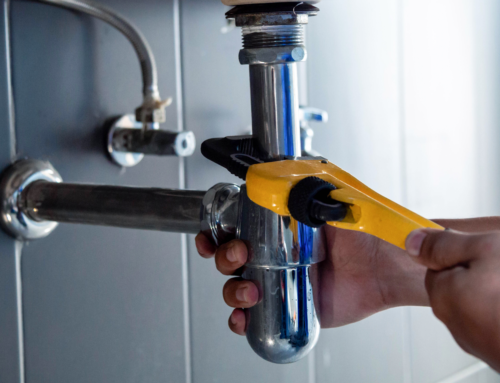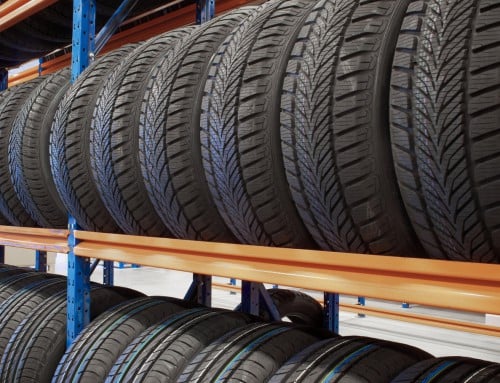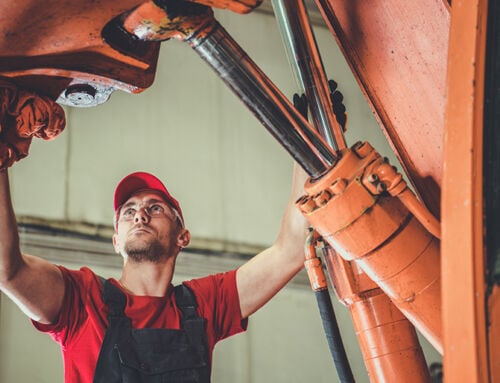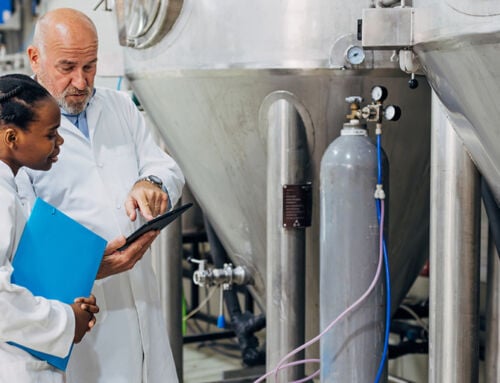Going out to a restaurant can be a nice treat. But while customers get to relax as they wait for their meal to arrive, a restaurant owner must be aware of a number of risks while operating their business. Fire is one of the main risks you need to watch for.
Whether fueled by natural gas, propane, electricity, or wood, appliances in restaurant kitchens use heat, which means they can lead to dangerous (and costly) fire outbreaks.
In fact, fires are the sixth most prevalent risk for restaurants across Canada, according to Federated Insurance’s internal claims data for 2017, and they tend to be the most severe claim restaurants can have. Our data shows that the average amount of a restaurant fire claim in 2017 was around $90,000. The highest claim we received that year was for over $500,000.
Fires tend to be the most severe claim restaurants can have, according to Federated Insurance’s internal claims data for 2017.
Of course, there are ways to mitigate this risk. Two key components for preventing fire in the kitchen/cooking area are mechanical ventilation exhaust systems and fixed fire-extinguishing systems. Portable fire extinguishers should also be used.
The minimum requirements for commercial kitchen ventilation and fire suppression systems are detailed in the National Fire Protection Association (NFPA) 96 Standard for Ventilation Control and Fire Protection of Commercial Cooking Operations. These requirements are followed by all provincial and local jurisdictions that have authority and they’re generally referenced by building codes.
Commercial Kitchen Ventilation Systems
Commercial kitchen ventilation systems are important for two reasons: to provide a healthy kitchen environment and to prevent fires from breaking out. The systems are made up of three main components – a hood, a duct, and a fan. It’s important to note that specialized contractors are required for selecting and installing the equipment, due to the complexity of ventilation system design and installation requirements to meet building code mandates.
But it’s not good enough just to have a commercial kitchen ventilation system; you need to make sure it’s inspected and cleaned on a regular basis to prevent the build-up of grease. The cleanings must be completed by both restaurant staff and professional cleaners.
Commercial kitchen ventilation systems need to be inspected and cleaned on a regular basis to prevent the build-up of grease.
The frequency of cleanings by restaurant staff should be based on the recommendation of professional cleaners and manufacturers. Meanwhile, professional inspections should be performed based on the NFPA 96 guidelines for inspection and cleaning.
Fixed Fire-Extinguishing Systems
Since fires in a commercial kitchen generally involve hot oils, electricity, gas, and ordinary combustibles (such as paper, wood, and cloth), extinguishing them is no simple task. That’s why fixed-extinguishing systems are permanently installed in the commercial kitchen ventilation system above appliances and in ductwork.
The fixed-extinguishing systems used in today’s restaurants are typically wet chemical systems and will automatically activate in the event of a fire in the cooking area or in the ductwork. Dry chemical powder was typically used in the past, but wet chemical suppressants were developed to provide superior fire protection with vegetable-based oils.
According to the NFPA 96, all fixed fire-extinguishing systems must be inspected and tested by a qualified trained service technician semi-annually. Many jurisdictions require that the service technician attach a “Non-Compliance” tag to the fire-extinguishing system if it’s found to be defective in any way. They also require that the inspector provide the owner, and in some cases the authority with jurisdiction, with a report on why the fire-extinguishing system failed and what needs to be fixed.
Portable Fire Extinguishers
To protect against Class K fires – which are defined as fires in cooking appliances involving vegetable or animal oils or fats – K-rated portable fire extinguishers are required by the NFPA 10 Standard for Portable Fire Extinguishers.
These wet chemical extinguishers contain a special potassium-based low pH agent (the same chemicals you would find in fixed pipe wet extinguishing systems). The fine spray mist prevents the splashing of grease and can be confined to the fire surface.
The NFPA 10 Standard for Portable Fire Extinguishers requires that all solid fuel appliances (whether or not under a hood) with fireboxes of 0.14 m³ (5 ft³) volume or less have at least a 2-A-rated water-type or 6L (1.6 gal) wet chemical fire extinguisher in their immediate vicinity. Restaurant staff should also be trained in the handling and activation of portable fire extinguishers, as well as fixed fire-extinguishing systems.
Want to learn more about risk?
Fire isn’t the only risk restaurant owners should be aware of. It’s important to take the proper steps to mitigate many other risks you could be facing, including crime, cyberattacks, and food-related incidents.
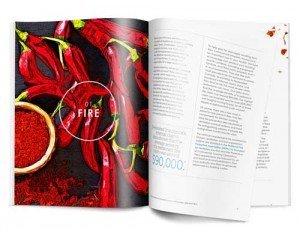
Protect yourself
Despite all the preventative measures you have in place, something could still go wrong. That’s why it’s so important to have commercial property insurance in your toolkit – it can help pay for damages resulting from fires. This type of coverage can also protect your building and its contents, including equipment, furniture, and third-party property that’s in your possession. Find out how Federated can help protect your restaurant today!
This blog is provided for information only and is not a substitute for professional advice. We make no representations or warranties regarding the accuracy or completeness of the information and will not be responsible for any loss arising out of reliance on the information.
